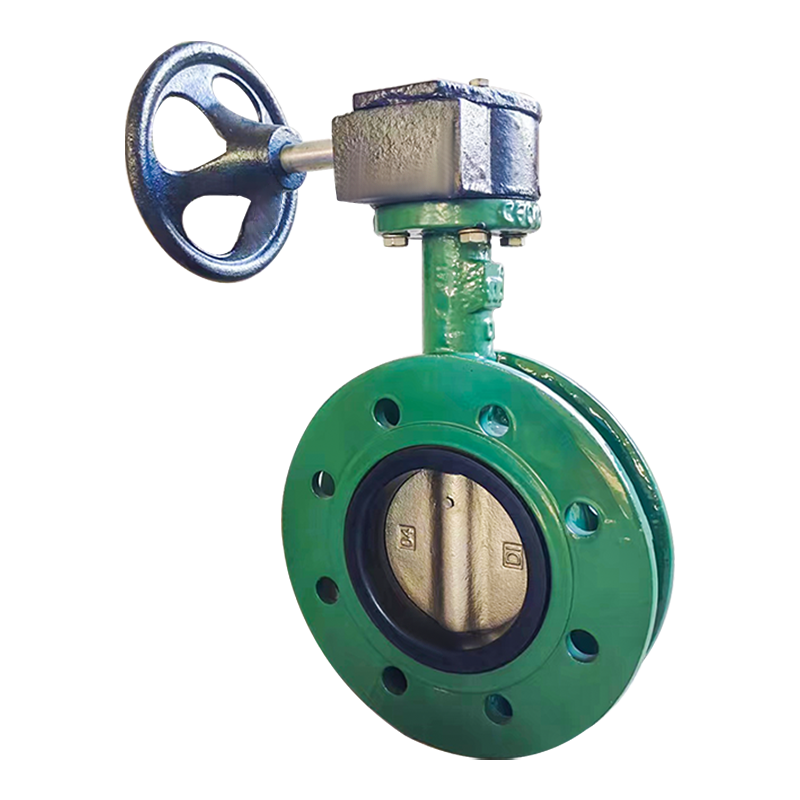
- Call Us
- +8618633052223
- njhdvlz@163.com
Jul . 26, 2024 16:32 Back to list
Leading Manufacturer of Wafer and Lug Style Valves for Enhanced Performance and Reliability Solutions
Wafer and Lug Type Valves An In-Depth Look
Valves play a crucial role in various industrial processes, regulating the flow of fluids and ensuring system efficiency and safety. Among the many types of valves available, wafer and lug type valves stand out for their unique designs and application versatility. This article explores the intricacies of wafer and lug type valves, their manufacturing process, advantages, and typical applications.
Understanding Wafer and Lug Type Valves
Wafer valves and lug valves are two distinct types of butterfly valves, designed to manage the flow of gases, liquids, and slurries in pipelines.
Wafer Type Valve This valve features a flat body design that is inserted between two flanges. It utilizes a metallic disc to control flow, which can rotate 90 degrees to fully open or close the valve. The wafer design allows for a compact installation, making it ideal for space-constrained settings.
Lug Type Valve Unlike wafer valves, lug valves have threaded holes on either side of the body. This enables them to be bolted directly to the flanges of the pipeline. Lug type valves provide the advantage of being removable from the pipeline without requiring disconnection of the entire system, which is particularly useful in maintenance situations.
Manufacturing Process
The manufacturing of wafer and lug type valves involves several stages, from material selection to final inspection. High-quality materials such as stainless steel, carbon steel, and various alloys are chosen based on the specific application requirements.
The process begins with casting or forging the body of the valve, followed by machining to create precise dimensions. The disc, seats, and seals are produced separately, ensuring high compatibility and performance when assembled. Advanced technologies like CNC machining and robotic welding are often employed to enhance precision and reduce human error during manufacturing.
Quality control is a critical aspect of the manufacturing process. Each valve undergoes rigorous testing for leakage, durability, and performance under various pressure and temperature conditions, ensuring that they meet industry standards and customer specifications.
Advantages of Wafer and Lug Type Valves
wafer and lug type valves manufacturer

Both wafer and lug type valves offer several advantages
1. Space Efficiency The compact design of wafer valves saves space and makes them suitable for tight installations. Lug valves, while slightly bulkier, still provide a relatively small footprint compared to other valve types.
2. Cost-Effectiveness These valves generally have lower manufacturing costs than gate or globe valves. Additionally, their lightweight design reduces shipping costs and installation complexities.
3. Ease of Maintenance Lug valves, in particular, can be serviced without the need to remove adjacent pipe sections, which minimizes downtime during maintenance or repair.
4. Versatility Both types can handle a wide range of fluids, including corrosive substances, making them ideal for various applications across multiple industries.
Applications
Wafer and lug type valves are widely used in several sectors, including
- Water and Wastewater Treatment Used to control the flow of water in treatment plants. - Chemical Processing Ideal for managing chemical flows due to their durability against corrosive materials.
- Power Generation Utilized in cooling water systems and steam lines.
- Oil and Gas Employed in various applications within pipelines for efficient flow control.
In conclusion, wafer and lug type valves are indispensable components in modern industrial systems. Their efficient designs, cost-effectiveness, and ease of maintenance make them popular choices across various applications. As manufacturers continue to adopt advanced technologies and materials, the performance and reliability of these valves will undoubtedly improve, further solidifying their position in the market.
-
3 Butterfly Valve Dimensions | GPT-4 Turbo Precision Specs
NewsJul.31,2025
-
Stainless Steel Sanitary Butterfly Valve for Hygienic Flow Control
NewsJul.30,2025
-
High-Performance Groove Butterfly Valve for Easy Installation
NewsJul.30,2025
-
High-Quality 2 Inch Butterfly Valve for Precise Flow Control
NewsJul.29,2025
-
Double Flanged Short Pattern Butterfly Valve for Reliable Flow Control
NewsJul.29,2025
-
High Quality Wafer Check Valve Factories – Reliable Manufacturer & Supplier
NewsJul.29,2025